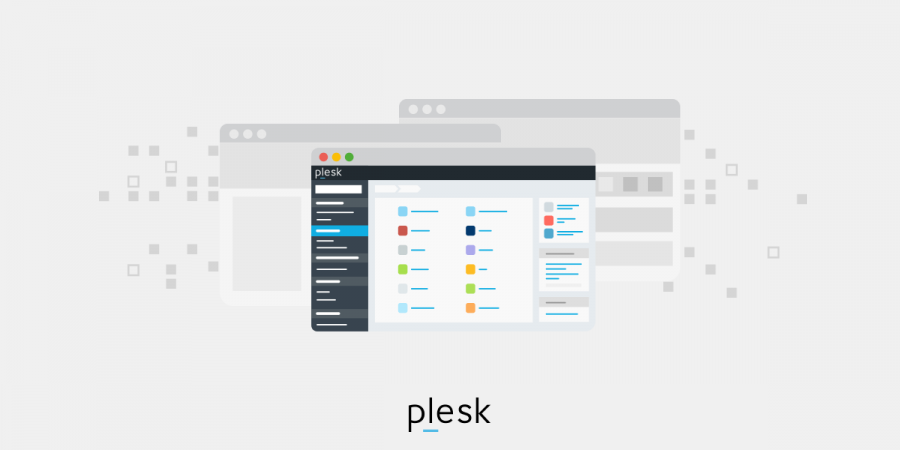
It’s best to keep in mind not only what separates the various types of web cache but also what their purposes are! We live in an age where attention spans are growing ever shorter, which means that you can’t afford to run a website that keeps your visitors waiting. Luckily you have several available courses of action to ensure that its pages continue to load at a decent clip, serving up what your visitors want quickly and keeping them from clicking away. One part of maintaining their engagement is paying attention to your web cache, and in particular, using the correct one for the job.
There are a few different web cache varieties, and each of them is designed to suit different situations. They store different types of data and offer varying amounts of control to business owners and the customers who browse their sites.
Here we are going to examine the significance of the web cache, and then explore four web cache types, examining usage scenarios and configuring them accordingly.
Why Does the Web Cache Matter?
When somebody visits one of your web pages their browser software will ask your server for all the data it requires to recreate it on their own device. There then follows a short wait while the server comes back with the correct information so that your page be reconstructed at the visitor’s end and looked at and interacted with. As you can imagine, this could become quite a slow process if the browser has to wade through lots of these requests. The beauty of the web cache is that it holds a temporary incarnation of the webpage, but by holding a temporary incarnation of the webpage that the browser asked for locally you get a useful reduction in the number of time-consuming updates that need to be dealt with.
Your web cache doesn’t just help pages to load more swiftly though, it can also help to cut what you spend on networking. That’s because you can store your website’s material in other locations, and if there are copies in closer physical proximity to users that means your server takes less of a workload hit, saving you both time and money.
Web Cache Types and When They’re Needed
As we said, you can utilize a web cache to handle different situations and there are four different web cache types to cover them. Here’s an overview of them.
Site Web Cache
This is a web cache that stores website data on the first occasion that someone loads a page. This data can then be pulled up fast to recreate it, so visitors aren’t left hanging around.
Since the elements in storage are managed by the viewer this is labelled as client-side caching. As the website owner. The only influence you have is over how long your site info stays in that cache.
If there are items on a page that won’t change over time, then you can configure the cache to run out at some point years ahead. But for anything that changes all the time, quicker expiry will be necessary to ensure that they’re refreshed from time to time. If this does not happen, users loading pages from their site caches will see out-of-date content, even after you’ve created updates.
This is why site caching is particularly well-suited to websites with an abundance of static content. Since your site doesn’t alter very often, visitors will be able to carry on loading your pages fast while they’re still looking at the most recent version. In contrast, sites with lots of changeable content may do better with other kinds of caching.
To make the most of site caching it might be wise to use a WordPress plugin that offers this facility, such as WP Super Cache or WP Rocket. These can be set up via the WordPress dashboard.
Once they’ve been installed, the majority of plugins will enable page caching automatically. It then just remains for you to configure them to suit your particular content.
Browser Web Cache
This is a type of site caching that’s intrinsic to the viewer’s web browser. Parts of the website are held by the browser on the visitor’s device and gathered together with other files that are relevant to your content. A browser web cache can hold various multimedia elements including elements of imagery, HTML and CSS.
Browser caching has a crossover point with site caching as they both work on the client-side. It’s the browser and not the person looking at the page who has control of the cache, and this is the primary thing that separates them. All browsers can wipe their caches without the need to tell them to do so.
The plugins we already talked about can also use browser caching, or you can turn it on by yourself. You’ll need to access your website’s .htaccess file to do this, which means using File Transfer Protocol (FTP) and FileZilla (or another FTP client) to get into your server.
Once you’re there, right-click on .htaccess and choose View/Edit. Now you can copy and paste this code into the text file:
ExpiresActive On
# Videos
ExpiresByType video/mp4 "access plus 2 years"
ExpiresByType video/mpeg "access plus 2 years"
# Images
ExpiresByType image/png "access plus 2 years"
ExpiresByType image/svg+xml "access plus 2 years"
ExpiresByType image/jpeg "access plus 2 years"
ExpiresByType image/gif "access plus 2 years"
ExpiresByType image/webp "access plus 2 years"
ExpiresByType image/x-icon "access plus 2 years"
# CSS
ExpiresByType text/javascript "access plus 2 months"
# JavaScript
ExpiresByType application/javascript "access plus 2 months"
ExpiresByType text/css "access plus 2 months"
You can update when it runs out to suit to your particular use case. If your dynamic features outnumber your non-dynamic ones, then make it expire sooner so you do not confuse visitors with old content.
Server Web Cache
Server cache is an overall term covering several different flavors of caching. It’s applicable to content delivery network (CDN) caching, object caching, and opcode caching. They all keep different site materials on your site’s server. It’s overseen by site owners so the user doesn’t need to do anything.
A server cache is one of the best ways you can ease the strain on your server. When there’s a request, the server looks for the relevant content in its temporary storage before it bothers to process the entire thing.
If the server cache already contains that requested content, the browser gets it without further interruption. So, your server ends up unburdened and faster.
The way you set up your web server caching all vary according to the type of web cache you lean towards. A lot of word press users like Cloudflare. If you’re more au fait with object caching, there is a built-in WordPress system for this.
Opcode caching requires a WordPress plugin like WP Rocket. Once you’ve installed and activated it, opcode caching should start by itself. You can flush or update the cache via the plugin’s settings.
Micro Cache
A lot of site owners often aren’t aware of micro caching. This approach to the caching conundrum hangs on to content for very short periods of time. It usually does this for non-dynamic versions of dynamic content to an upper limit of 10 seconds. Since this is a type of site cache, it’s influenced more by end-users than website owners.
Micro caching isn’t very widely used because of the limited storage time, and because there aren’t many types of sites that will achieve any kind of benefit from using it. The ones that do will be the ones that tend to experience huge amounts of website visitors and be dishing out content that changes all the time. Think Forex and other types of trading info sites where financial charts are subject to constant updates.
You are going to need root access to the server in order to open your its configuration file and enable micro caching. If your host won’t let you do this, insert this code instead:
proxy_cache_path /tmp/cache keys_zone=cache:10m levels=1:2 inactive=600s max_size=100m ;
server {
proxy_cache cache;
proxy_cache_valid 200 1s;
...
}
These values can be altered to fit the needs of your website. But safety first! Always back your site data up before you add this or any other piece of code.
Conclusion
Client-side and server-side caching are web cache types that are deployed in different ways and can both be useful. Setting up the most appropriate web cache for your own use-case scenario can improve page loading times and level up the User Experience (UX) score for your website.




